A Fresh Perspective on Society in ‘Lines of Flight’
Drawing lines in order to read between them better: Akihito Takuma's paintings are a map of dichotomies, a testimony of contradictions.

Akihito Takuma, “Lines of Flight to the Sahara”, 2010, © Akihito Takuma
Paint takes longer to dry in Japan than it does in Europe due to the country’s high humidity levels. This observation forms the foundation for Akihito Takuma’s entire thought process. To emphasise this distinction, he finishes his paintings by drawing straight, vertical lines using a two-metre-long paintbrush that he made himself. In this series entitled Lines of Flight, which he has been working on since 2004, the pieces are marked by lines running from top to bottom, axes, interstices, and intersections, to offer a new view of society.
Born in Hitoyoshi in 1966, Akihito Takuma studied fine arts at Shiga University with a view to becoming a painter and continued his education in Europe at the Circulo de Bellas Artes in Madrid. It was during his time spent abroad that he became keenly aware of the environmental differences between the two locations. These differences led him to open up the spectrum of distinctions and digressions, and pursue them.
Shades of grey
Emerging from a grey haze, cities become lost among towering skyscrapers, Mount Fuji appears marked with creases, and the Sahara fades away. Japanese cherry trees, seen by the artist as a symbol of order, gain in depth. Facing an infinite horizon, Akihito Takuma distorts perspectives and reveals, from underneath abstract marks, the appearance of white streaks. His canvases are an experimentation ground but, contrary to the apparent disorder, this is about a return to equilibrium for Akihito Takuma, an escape from the system.
East and West, nature and the city, humid and arid, black and white, vertical and horizontal, abstract and concrete, surface and depth, subject and object… The artist represents what he refers to as ‘opposite forces’ in order to question and free them from their contradictions. ‘It’s an abundance of testimonies that I continue to examine’, he explains. The aim is not so much to compare these characteristics as it is to highlight them to be able to read between the lines, to outline them in order to better observe the nuances. ‘In Japan, some things, whether good or bad, unfold with a certain vagueness that makes things hazy. I want to express the vague beauty of the mixture of diverse things.’
Beyond the line lies movement
Lines of Flight is a direct reference to the concept developed by philosopher Gilles Deleuze. ‘The line of flight is a deterritorialisation’, he wrote. ‘But to flee is not to renounce action: nothing is more active than flight. […] To flee is to draw a line, lines, an entire map.’ For Akihito Takuma, this line of flight could be described as ‘the trajectory of movement created by moving away from regulated structures and ideals.’
He does not dictate this trajectory, however, as even in small formats, he cannot control every area and movement of his canvas and brush. The balance of the piece is the result of a suspension of chance, a momentary tension, an imperfection that needs to be treasured. Here too, dichotomies emerge: if Akihito Takuma considers his work as a failure, he starts the entire process again.
Lines of Flight (2004 – ongoing), a series by Akihito Takuma, can be viewed on his website.

Akihito Takuma, 'Lines of Flight - Unexpected power' © Akihito Takuma
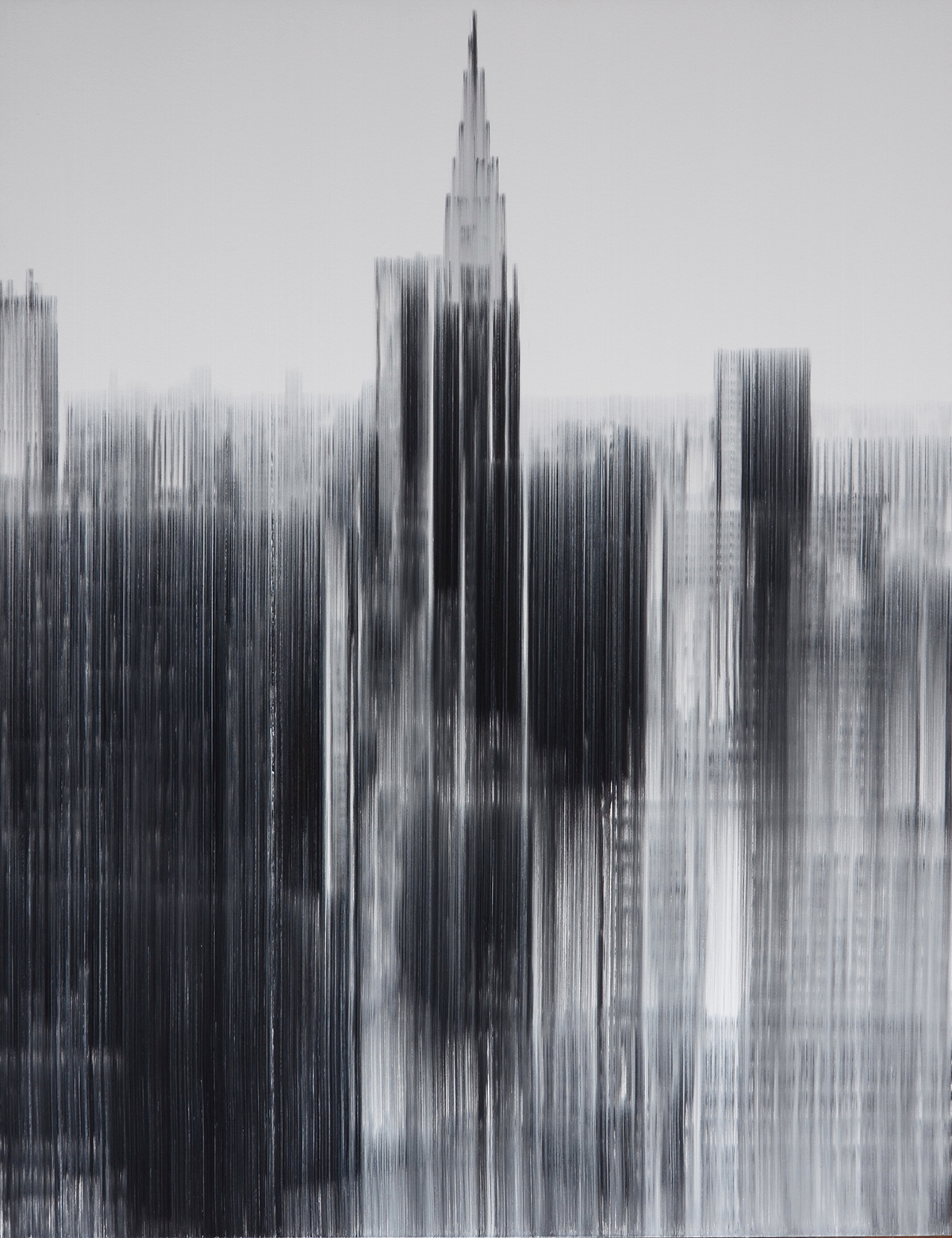
Akihito Takuma, 'Lines of Flight - Skyscraper' © Akihito Takuma
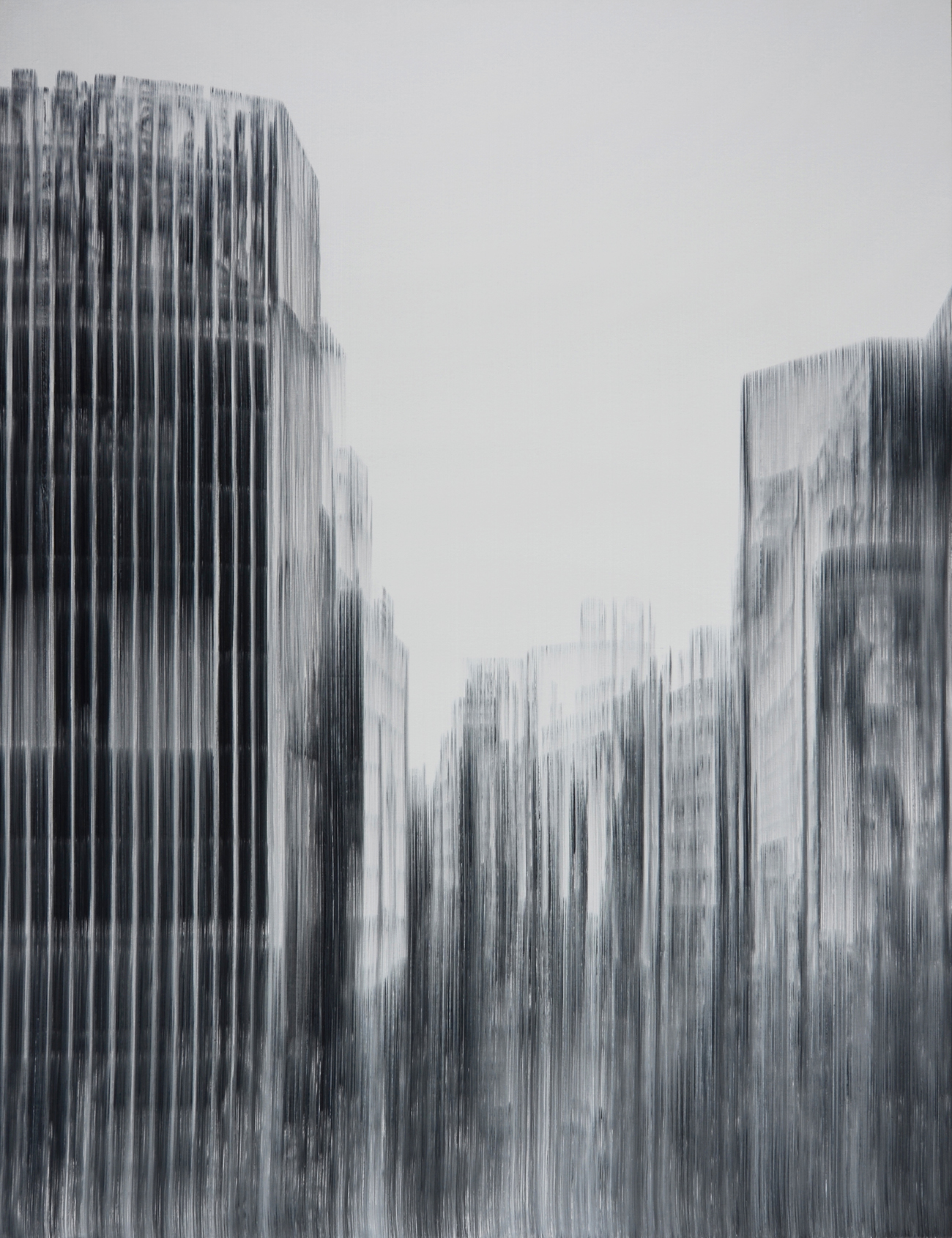
Akihito Takuma, 'Lines of Flight - Skyscraper' © Akihito Takuma

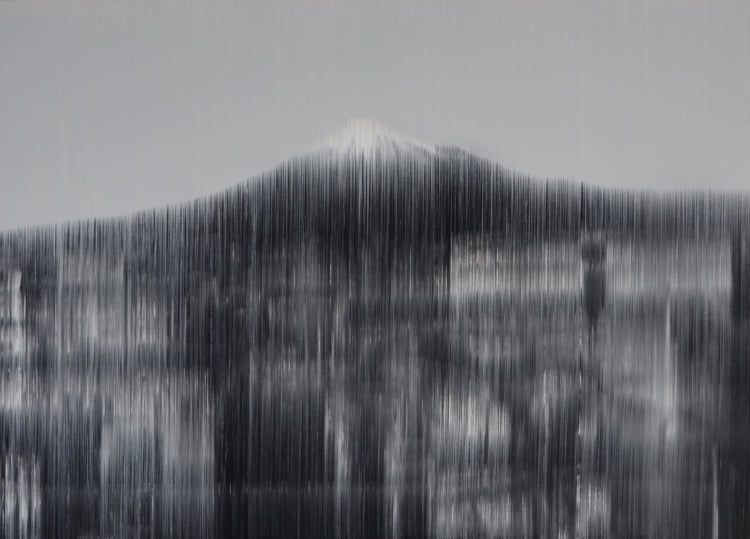
Akihito Takuma, “Lines of Flight” © Akihito Takuma
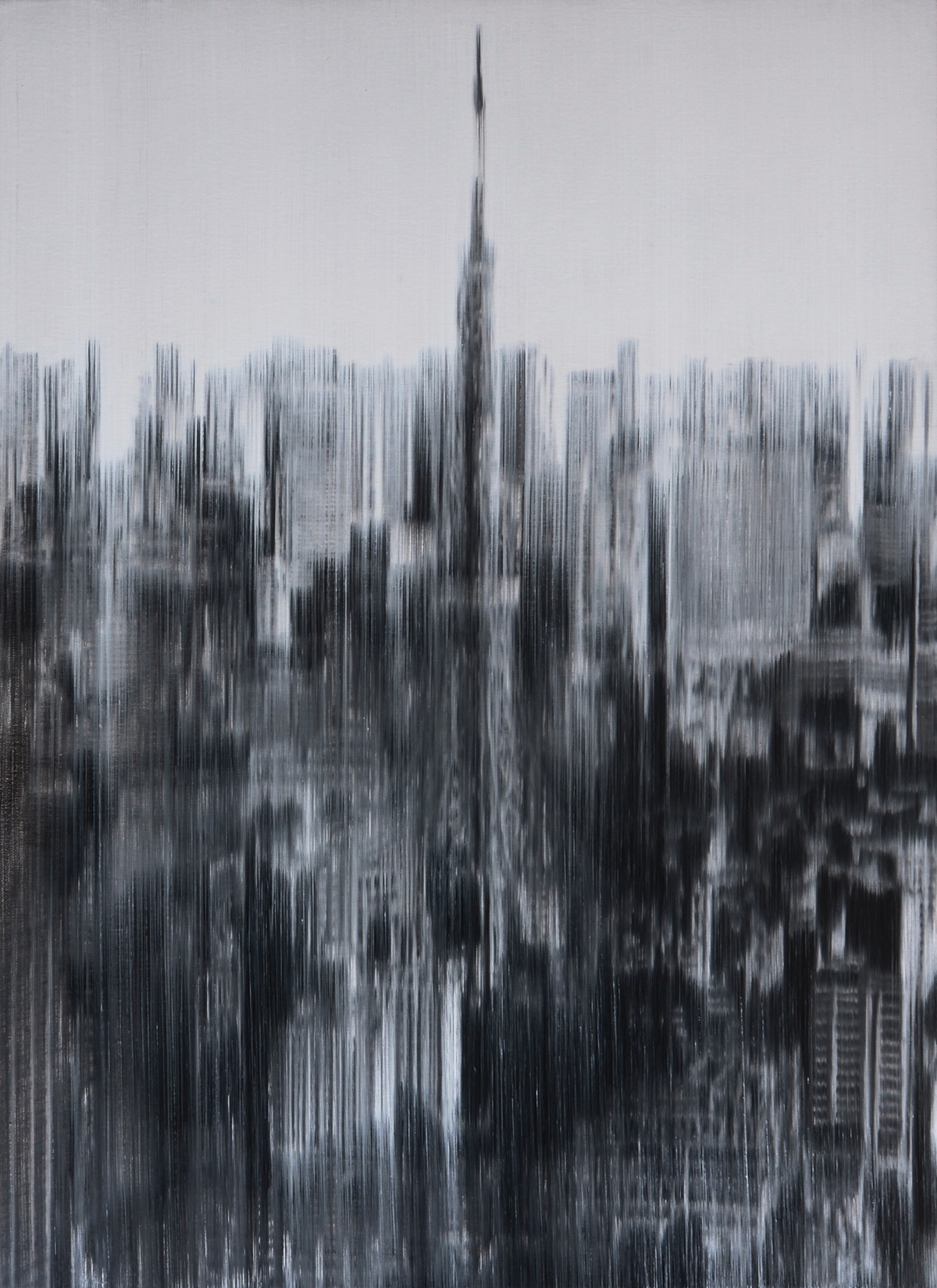
Akihito Takuma, 'Lines of Flight - Skyscraper' © Akihito Takuma
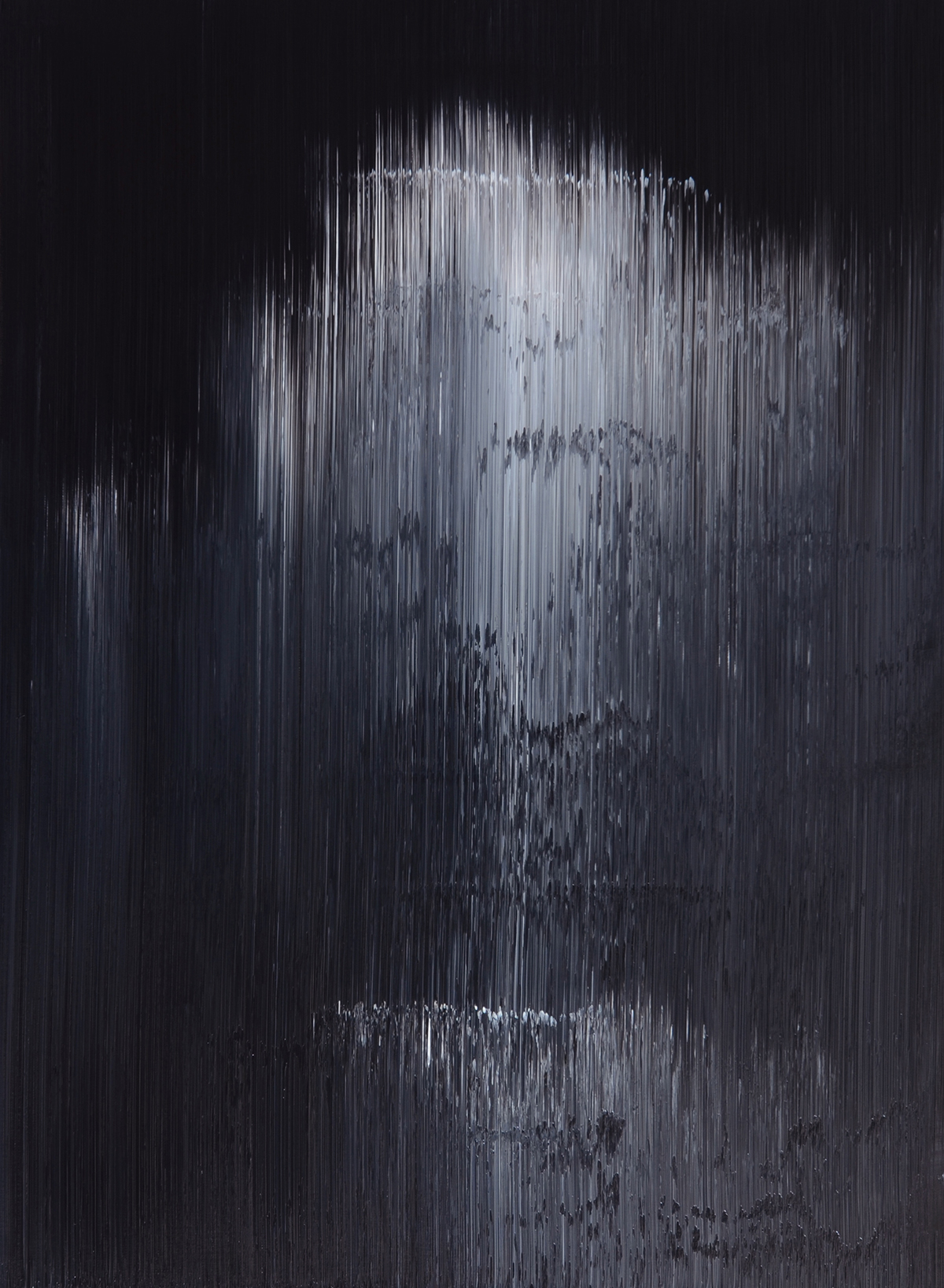
Akihito Takuma, 'Lines of Flight' © Akihito Takuma
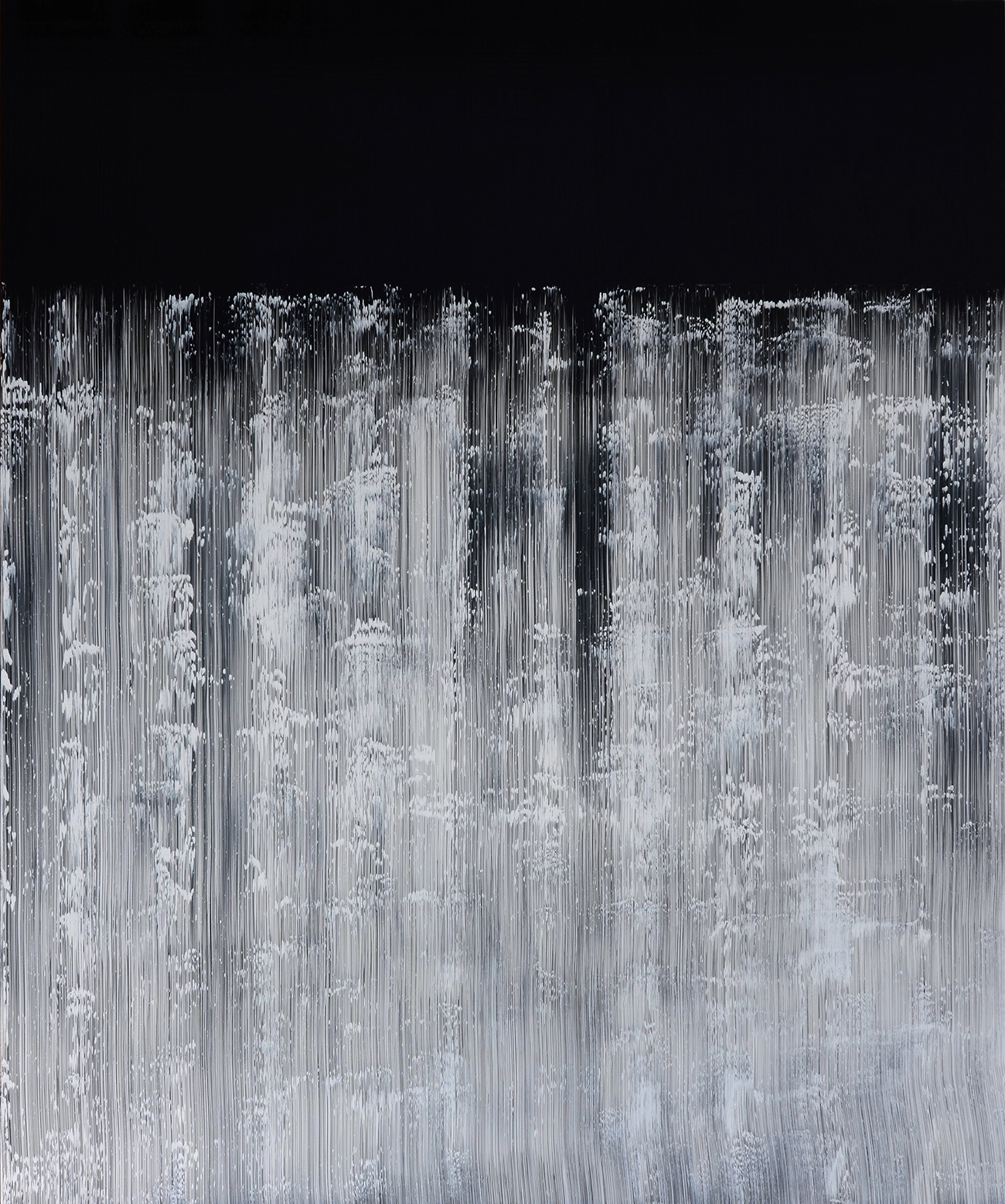
Akihito Takuma, 'Lines of Flight - Unexpected power' © Akihito Takuma

Akihito Takuma, 'Lines of Flight to the Sahara', 2010
TRENDING
-
The Tattoos that Marked the Criminals of the Edo Period
Traditional tattoos were strong signifiers; murderers had head tattoos, while theft might result in an arm tattoo.

-
‘Shojo Tsubaki’, A Freakshow
Underground manga artist Suehiro Maruo’s infamous masterpiece canonised a historical fascination towards the erotic-grotesque genre.

-
The Story of Sada Yacco, the Geisha who Bewitched Europe
Described by Dazed magazine as the first beauty influencer, she has been restored to her former glory since 2019.

-
Ito Jakuchu's Naturalist Paintings
From 15 September until 14 October 2018, the Petit Palais showcased the artist's iconic ‘Images of the Colourful Realm of Living Beings’.

-
Chiharu Shiota, Red Threads of the Soul
Last year, more than 660,000 people visited the retrospective 'Chiharu Shiota: The Soul Trembles' exhibit at the Mori Art Museum.





